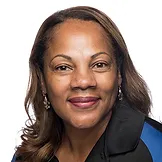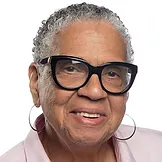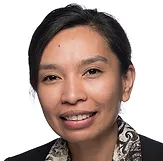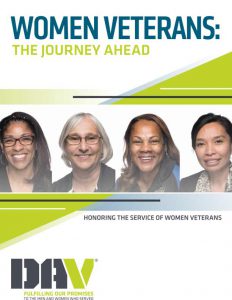Women Veterans: The Journey Ahead
DAV’s comprehensive new report on the programs and services currently available to women veterans, as well as recommendations for shaping the Department of Veterans Affairs’ culture and system to better serve this population.
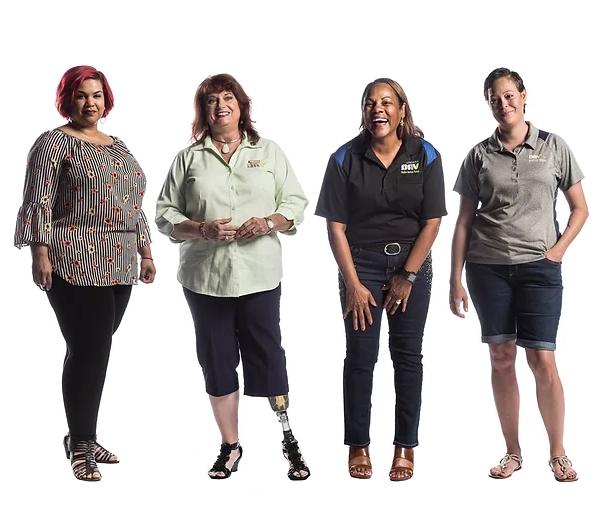
Women are the fastest-growing subpopulation of the military and veteran communities, representing more than 15 percent of active-duty military and 10 percent of veterans. Yet despite recent progress, some women veterans continue to face significant barriers accessing health care and other earned benefits, and do not receive proper recognition for their service to the nation.
DAV’s new report, Women Veterans: The Journey Ahead, spotlights how the expanding role of women in our armed forces is necessitating changes to an array of policies and programs in the Department of Veterans Affairs (VA) and other federal agencies. The report includes 45 key recommendations covering a broad range of issues affecting women veterans throughout their lifetime, including primary and gender-specific healthcare, mental health and readjustment services, and disability and employment benefits.
KEY REPORT FINDINGS
DAV’s report found women veterans have a unique set of circumstances and needs compared to their male counterparts. Women veterans:
- Tend to be younger;
- Are more racially and ethnically diverse;
- Are more likely to be divorced and less likely to be married;
- Have child care responsibilities; and
- Are five times more likely to be in a dual-military marriage than men.
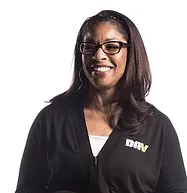 As a result, women veterans are less likely to have a family support system and often shoulder greater economic stress than their male counterparts. These factors, paired with lower median income, also increase women veterans’ risk of homelessness.
As a result, women veterans are less likely to have a family support system and often shoulder greater economic stress than their male counterparts. These factors, paired with lower median income, also increase women veterans’ risk of homelessness.
Women veterans use VA mental health services more intensively then men for a variety of conditions including depression, anxiety and post-traumatic stress disorder. Suicide rates are 2.5 times higher than women in the general population, and that rate has accelerated twice as fast as male veterans (62% vs. 30%) since 2001.
One in four women veterans reported they suffered sexual trauma while serving in the military, putting them at increased risk for depression, substance abuse and PTSD. A recent VA Inspector General Report found that VA continues to make administrative errors processing claims for disability compensation due to MST-related PTSD, incorrectly denying these claims.
Additionally, women veterans frequently have difficulty obtaining prosthetics designed for their unique anatomy, are more likely to experience certain reactions or rejections of devices, and have additional challenges to the proper fit and function of their prosthetics due to monthly body changes and pregnancies.
And when it comes to pregnancy, the VA does not provide maternity care for women veterans at VA medical centers, but instead purchases care in the community for women veterans who need it. Women veterans frequently have diagnoses that complicate pregnancy and require close monitoring.
With major reforms underway to modernize VA’s health care and benefits processing systems, it is imperative that Congress and VA focus on fully addressing the unique needs of the more than half-million women veterans using VA services. Although progress has been made in recent years, there remain longstanding, systemic barriers preventing many women from accessing the healthcare and benefits they have earned through their military service.


